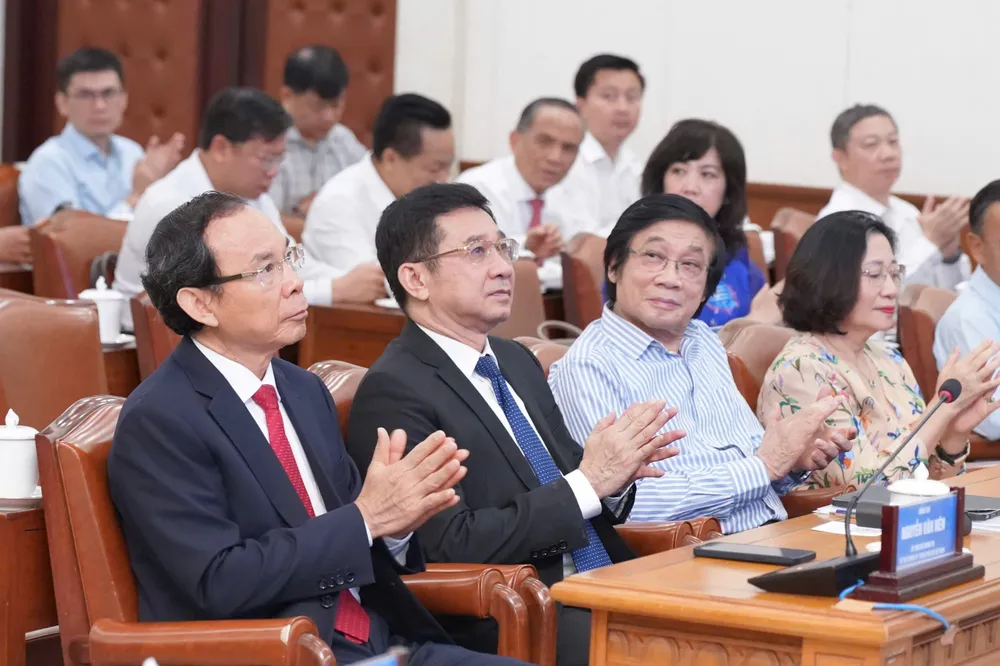
Attending the conference were comrades: Nguyen Van Nen, Politburo member, Secretary of the Ho Chi Minh City Party Committee; Nguyen Van Duoc, Deputy Secretary of the City Party Committee, Chairman of the Ho Chi Minh City People's Committee; Duong Ngoc Hai, Permanent Vice Chairman of the Ho Chi Minh City People's Committee; Bui Xuan Cuong, Vice Chairman of the Ho Chi Minh City People's Committee; Nguyen Huu Hiep, Secretary of the Thu Duc City Party Committee; Huynh Thanh Nhan, Vice Chairman of the Ho Chi Minh City People's Council; Huynh Van Son, Vice Chairman of the Long An Provincial People's Committee. Also attending were comrades Nguyen Tuong Van, Deputy Minister of Construction and the Working Group of the Ministry of Construction, and central and local ministries and branches...
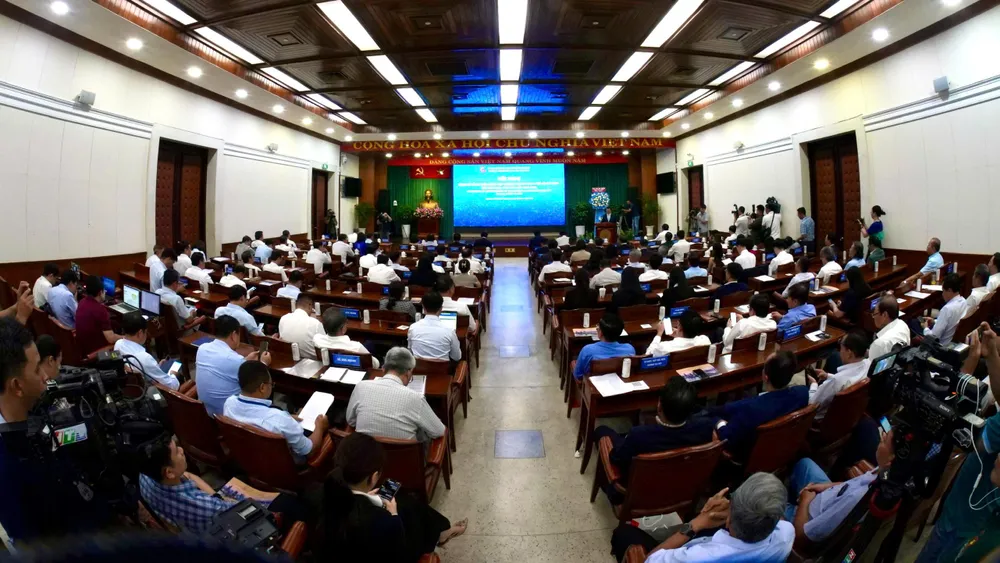
Speaking at the opening of the conference, Vice Chairman of the Ho Chi Minh City People's Committee Bui Xuan Cuong emphasized that immediately after the Prime Minister approved the task of adjusting the city's master plan, Ho Chi Minh City has synchronously deployed many tasks to ensure the progress and quality of the planning adjustment project. Recognizing the role of implementing national strategies and regional linkages in socio -economic development, the city has proactively worked and closely coordinated with neighboring provinces and cities such as Binh Duong, Dong Nai, Long An, Tay Ninh, Ba Ria - Vung Tau, Tien Giang ... to discuss and unify spatial development orientations, connect traffic infrastructure, protect the environment and effectively exploit the potentials and advantages of the whole region. At the same time, the Ho Chi Minh City People's Committee has directed departments, branches, districts and Thu Duc City to coordinate and proactively review the current status, identify key issues, potentials and challenges of each locality ...
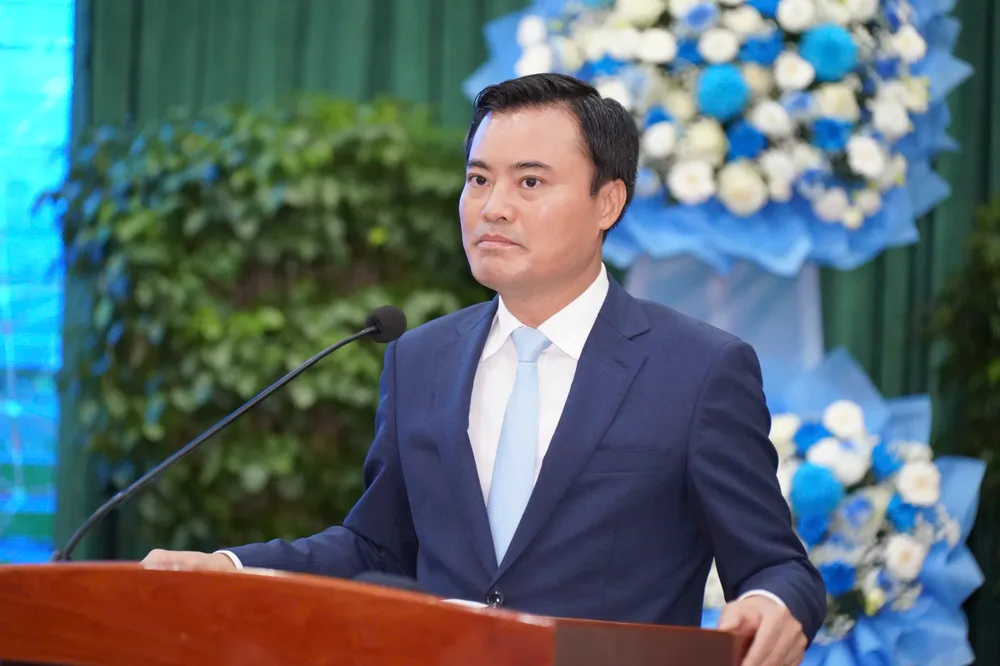
According to Vice Chairman of the Ho Chi Minh City People's Committee Bui Xuan Cuong, the approved planning this time is not only a legal requirement but also creates a solid and important legal basis; is a guideline for the city to concretize development goals in the new period, maximize potential and advantages, effectively exploit specific mechanisms and policies, create strong momentum for breakthrough and sustainable development of the city and the key economic region in the South.
The project defines the vision to 2060 to become Ho Chi Minh City - a global, civilized, modern, and humane city - with a development level on par with major cities in the world ; an economic, financial, and service center of Asia; playing a role in growth, a driving force for the development of the Southern region and the whole country; a place with a high standard of living and quality of life, with distinctive economic and cultural development, attracting international financial institutions and economic corporations.
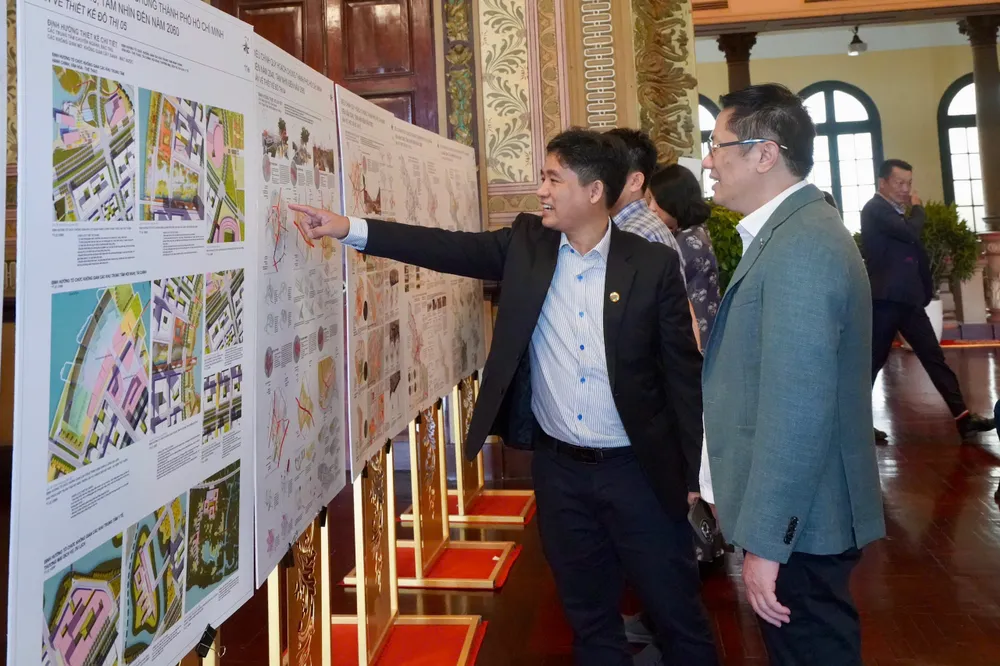
“The project is an important basis for the immediate establishment of zoning and detailed planning projects, promptly serving the management and reception and approval of investment, ensuring that there are no “gaps” and “waiting periods” in urban development management to serve the people, businesses and society. At the same time, this will be the foundation for the establishment of a unified Ho Chi Minh City plan in the coming time when Ho Chi Minh City is preparing with the whole country to arrange the organization of the apparatus, administrative units and focus all efforts to immediately start the process of operating and developing a new Ho Chi Minh City merged with Binh Duong and Ba Ria Vung Tau”, said Vice Chairman of Ho Chi Minh City People's Committee Bui Xuan Cuong.
6 urban zones – polycentric urban model
The spatial structure of Ho Chi Minh City develops according to 6 zones, the spatial organization of the zones is associated with the organization of the public transport system.
Specifically, the 6 partitions include:
1- Central urban zoning (area located inside Ring Road 2 and north of Doi Canal and Te Canal);
2- Center of the Northern subdivision – The intersection area between Ring Road 3 and National Highway 22 to Moc Bai - Ho Chi Minh City Expressway;
3- Center of the Western subdivision – Tan Kien area;
4- Center of the Southern subdivision – Phu My Hung area expanding to the South;
5- Center of the Southeast subdivision – Can Gio coastal urban area;
6- Thu Duc City Center.
Each region is oriented according to its main characteristics but all are multifunctional regions, able to meet the needs of jobs and high-quality living environment, on-site, for a large part of the population; performing the role of regional, national and international center - associated with the urban infrastructure framework and TOD.
Source: https://www.sggp.org.vn/tphcm-cong-bo-do-an-dieu-chinh-quy-hoach-chung-tam-nhin-den-nam-2060-post800912.html


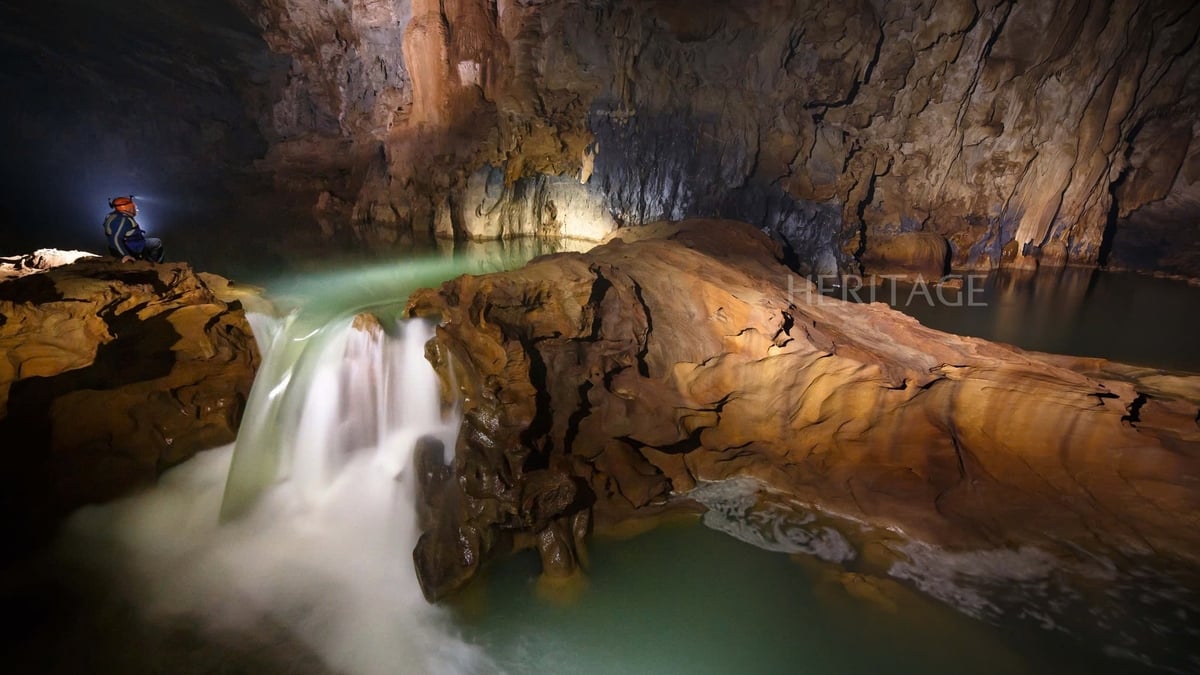
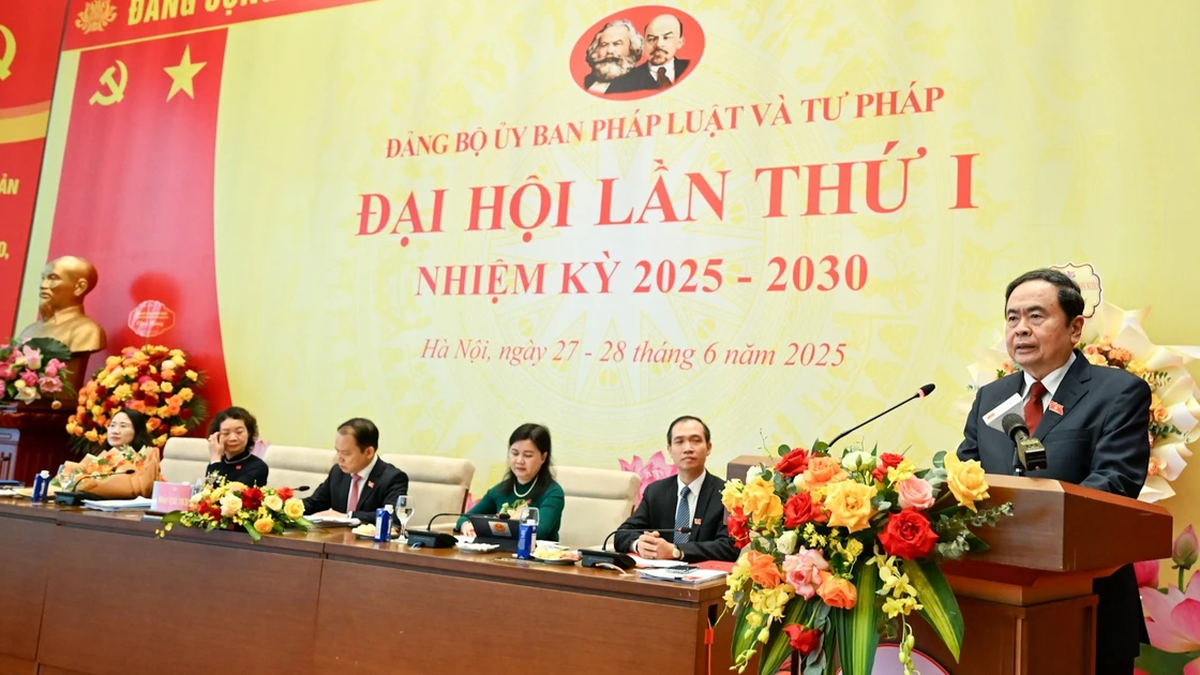


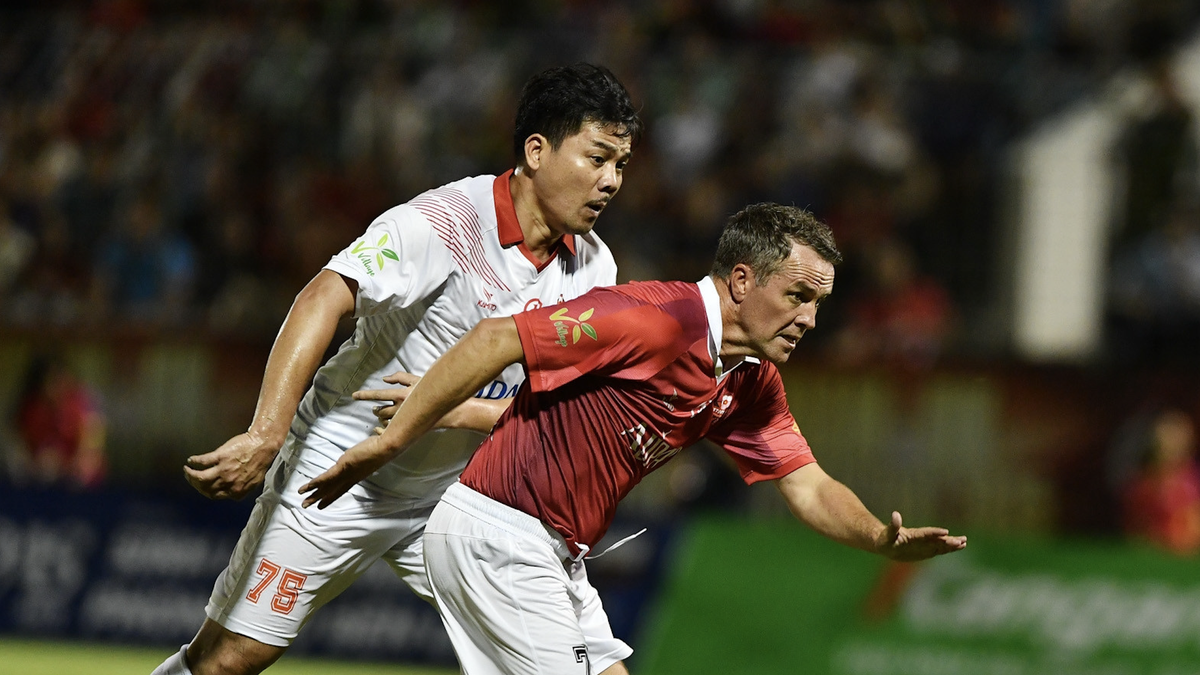

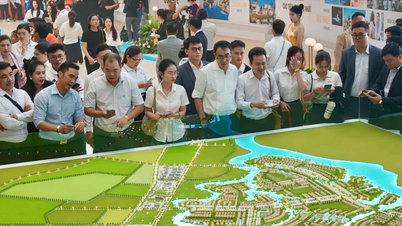


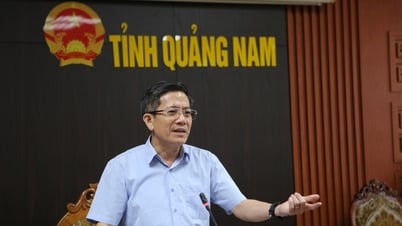


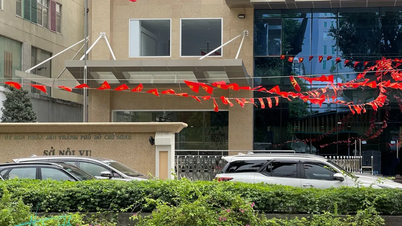


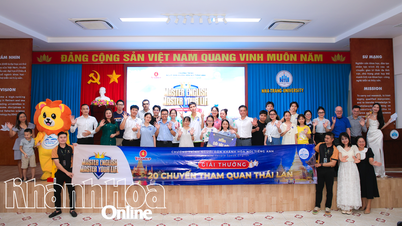



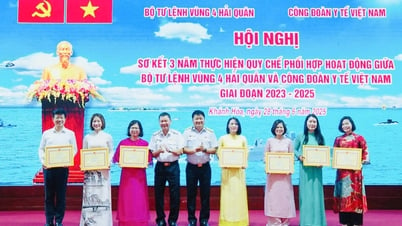
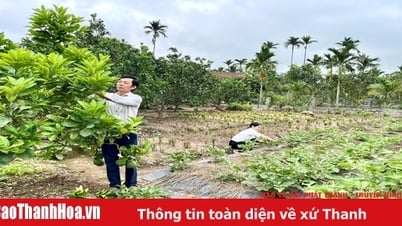

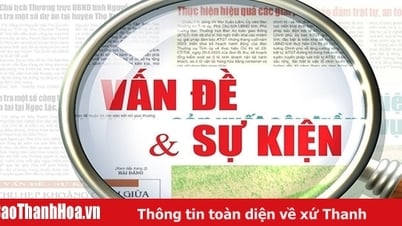
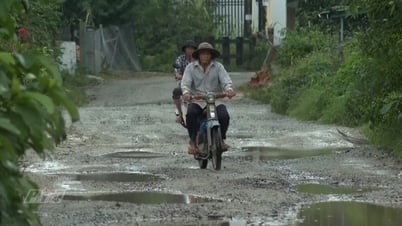




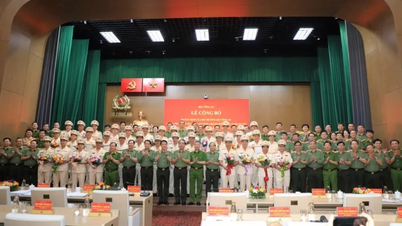
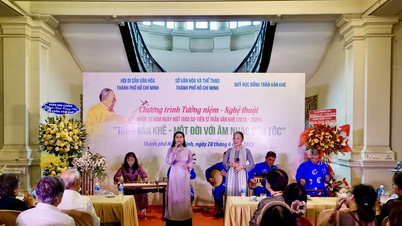
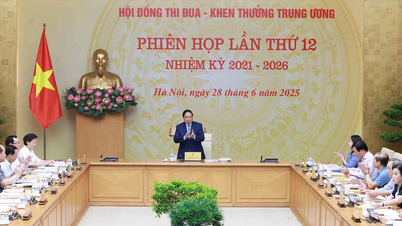
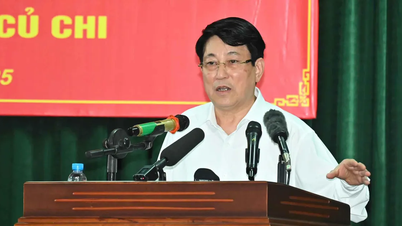

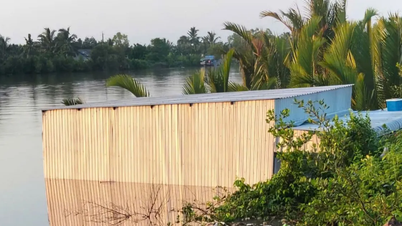

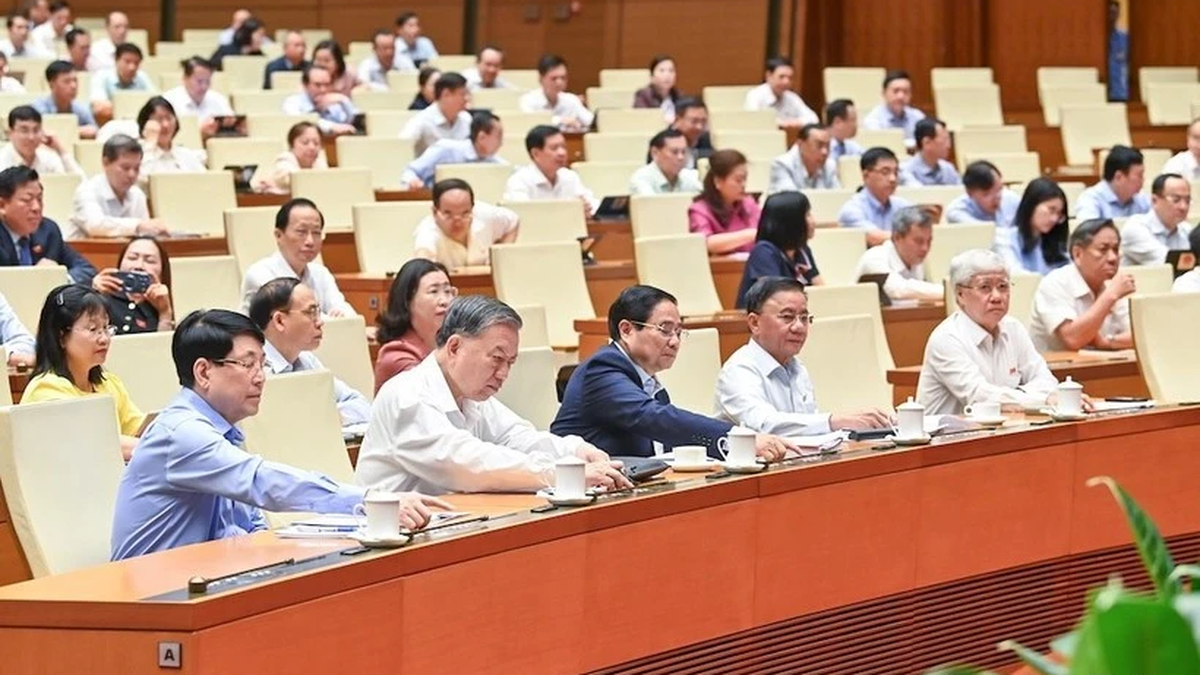
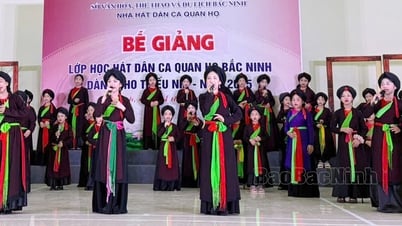

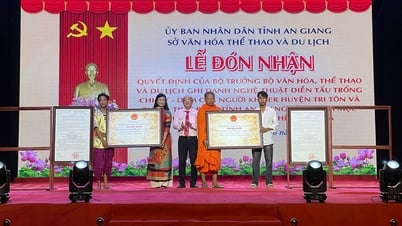

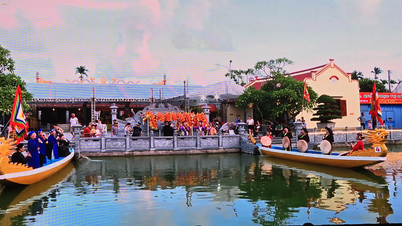

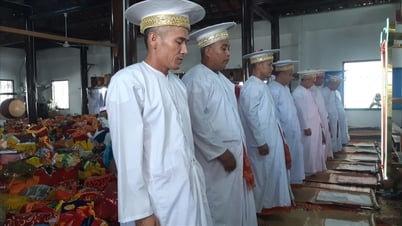

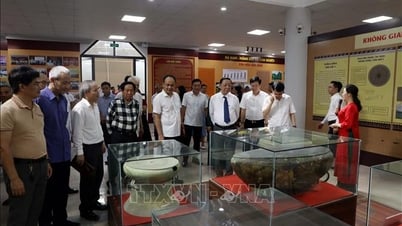





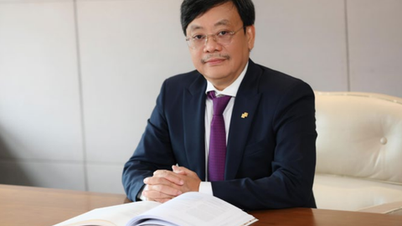





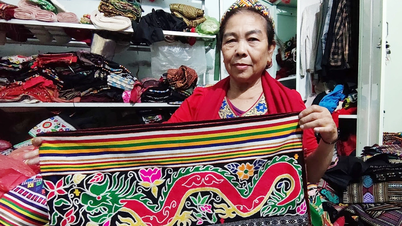

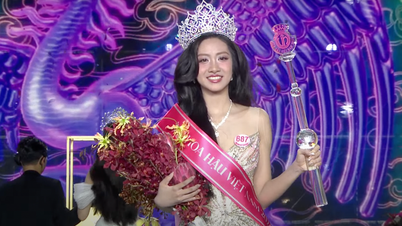








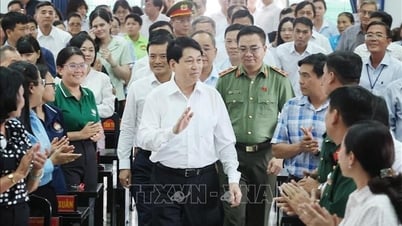
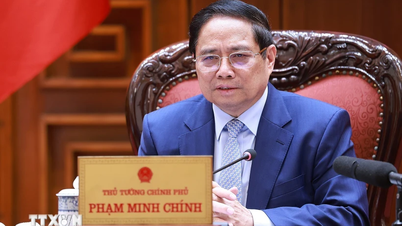

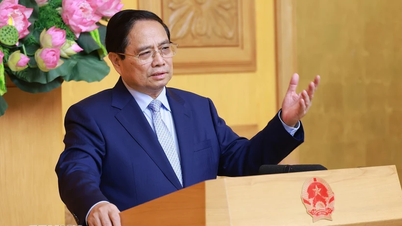

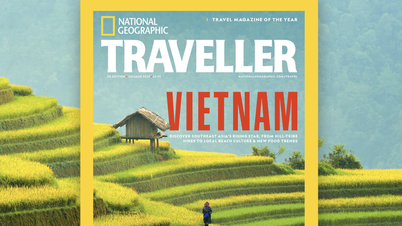
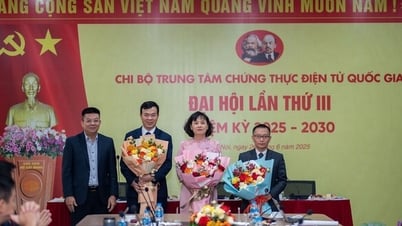



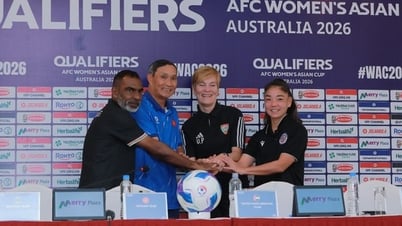
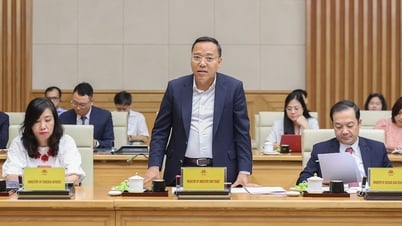

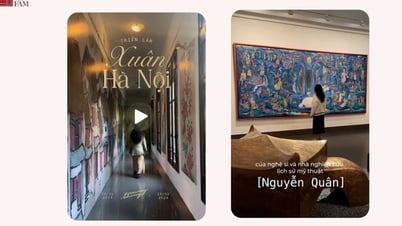
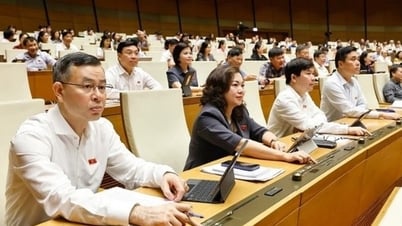


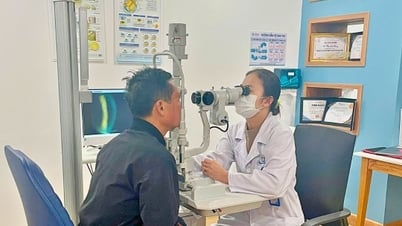

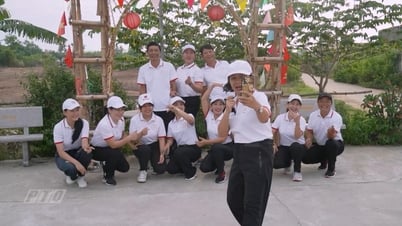
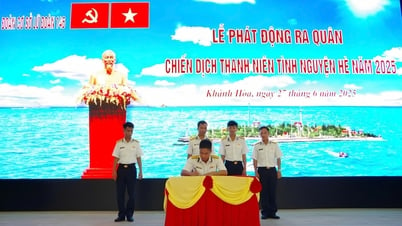














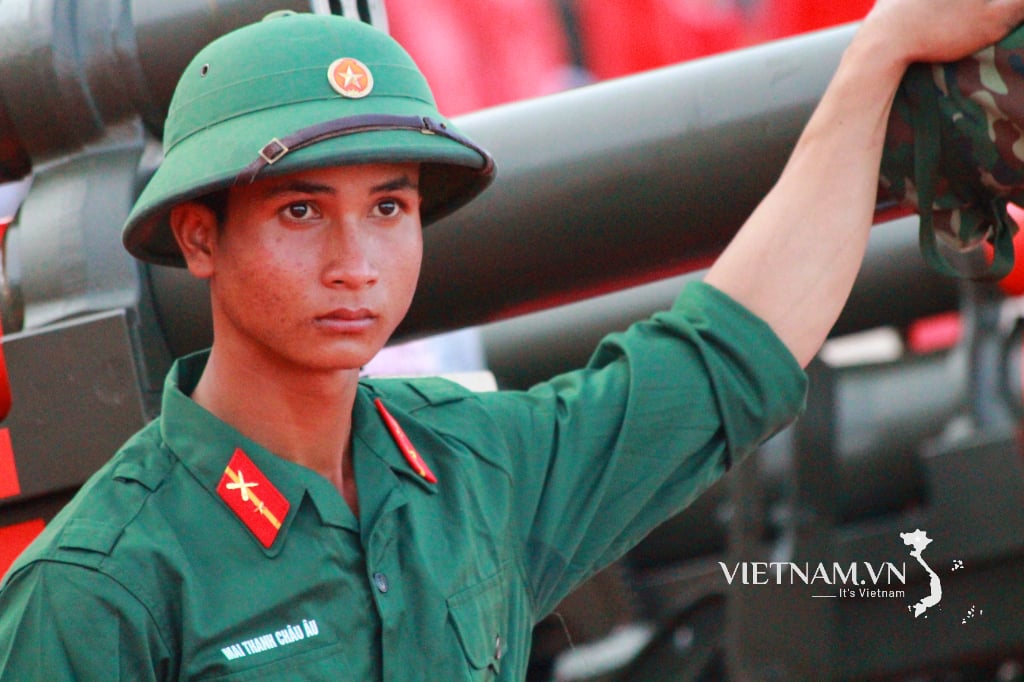
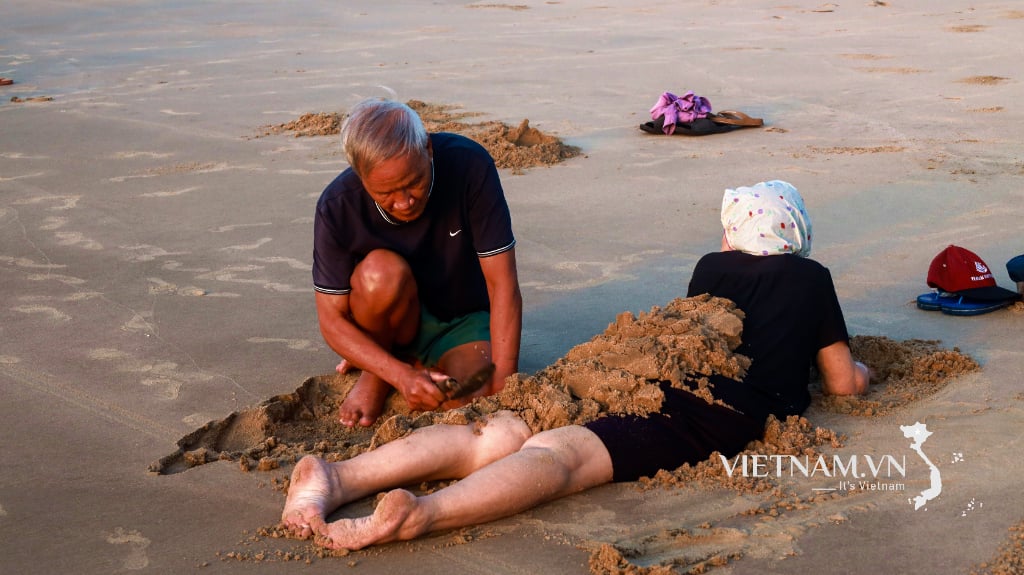
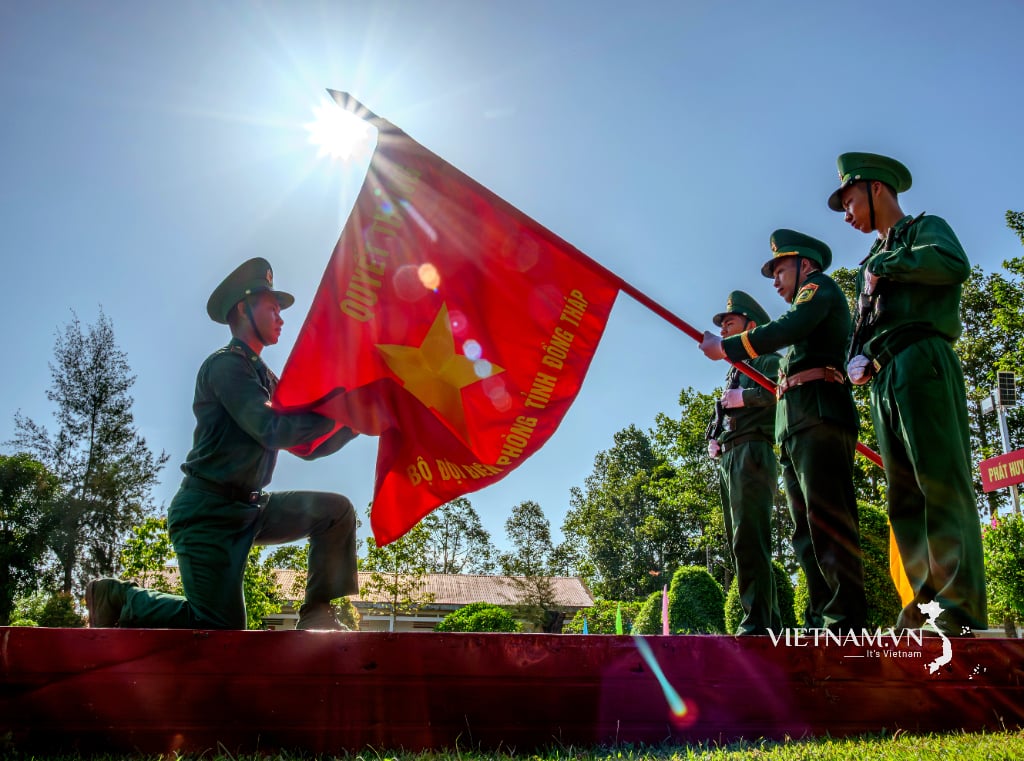
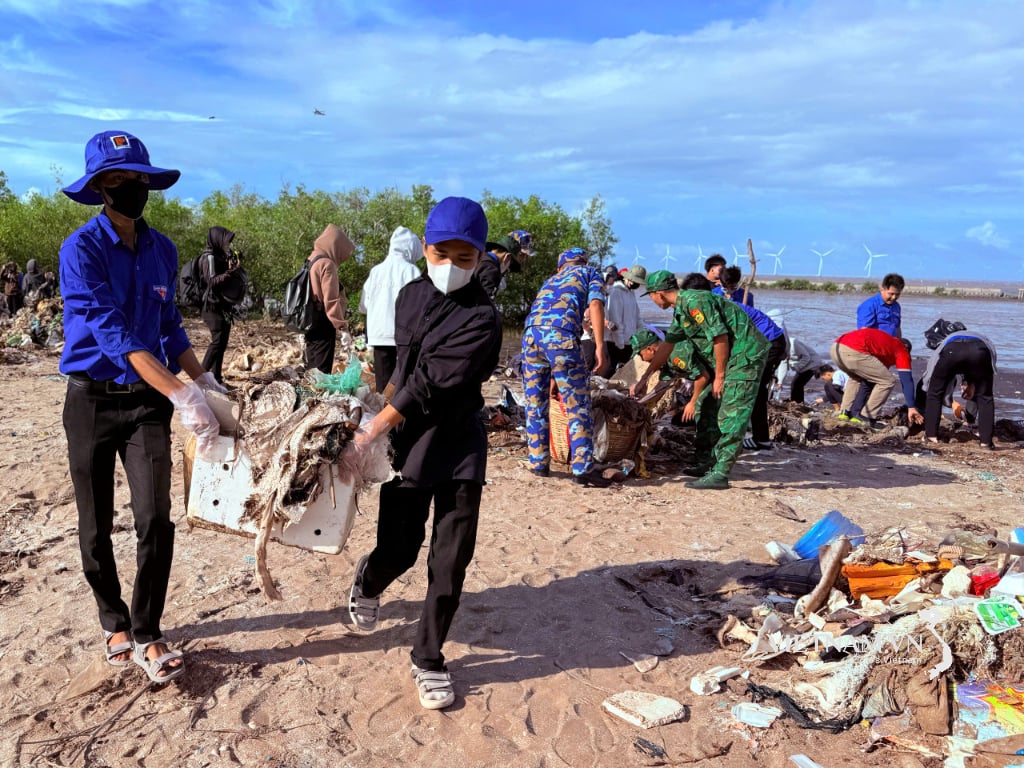
Comment (0)